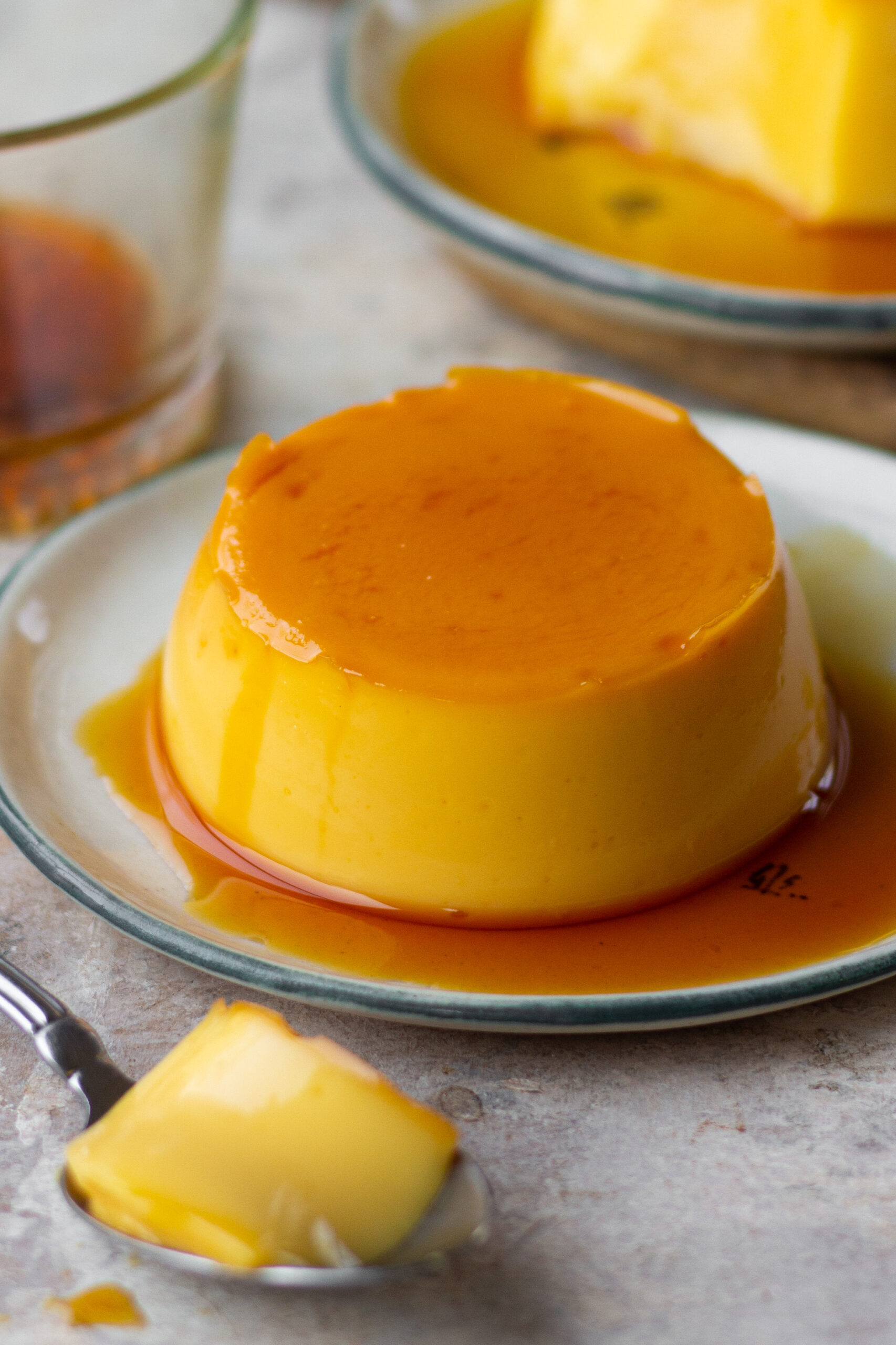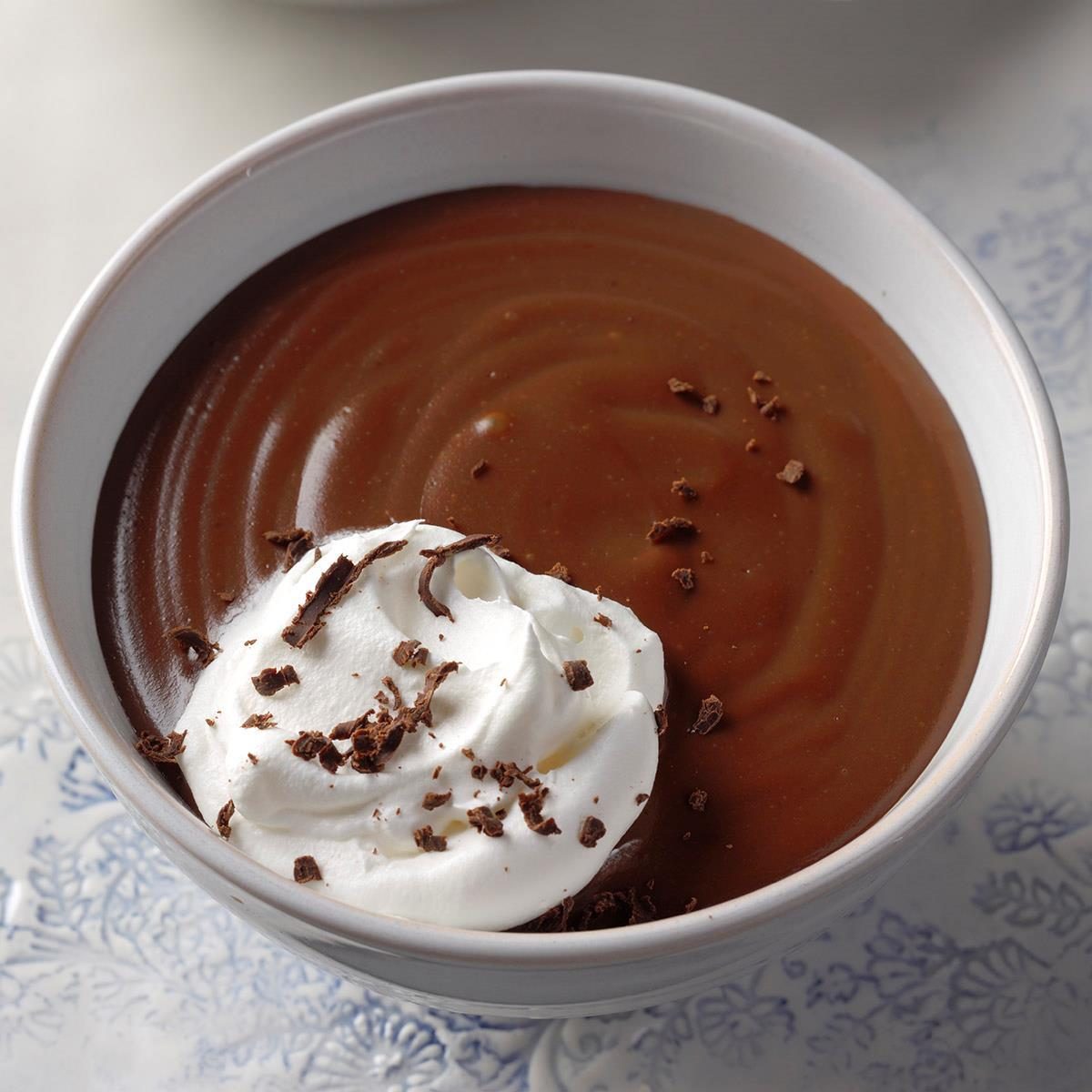Thinking about sweet treats and how they cross borders can be quite interesting, don't you think? Sometimes, a food you know well in one place has a slightly different feel or even a different name somewhere else. When we talk about "pudding," for example, what comes to mind might be a warm, comforting dish often served with roast beef, or maybe a simple, cool custard. Well, over in Japan, there's a beloved version of this sweet that has its own special place, and it's called "purin." It's quite a popular item, you know, appearing in many shops and homes across the country.
So, you might be wondering how to talk about this kind of sweet in Japanese. There are a few ways, actually, to say "pudding" in Japanese, but one stands out as the most common for a particular type of dessert. This article is here to help clear things up and give you a good idea of what "pudding" means in a Japanese setting. It's all about getting a handle on the words and the wonderful treats they describe. It's actually quite simple once you get the hang of it.
This information comes from a thorough check of the facts, so you can be sure it's accurate and helpful. We'll explore the main terms, what they mean, and even a little bit about how these sweet foods are made and enjoyed in Japan. You'll find that understanding "pudding in Japanese" is not too hard, and it might even inspire you to try something new, perhaps a tasty treat that is very much like a classic crème caramel. You'll see, it's pretty straightforward.
Table of Contents
- What's the Main Way to Say Pudding in Japanese?
- Is Japanese Pudding Different from What You Know?
- Can You Make Japanese Pudding at Home?
- What About Other Kinds of Pudding in Japanese?
What's the Main Way to Say Pudding in Japanese?
When you want to talk about a certain kind of sweet custard in Japan, the word you'll hear most often is "Purin." This word, written as プリン, is actually a borrowed word from English, and it sounds quite a lot like "pudding" when you say it. It's the most common way to refer to that particular type of creamy dessert. You know, it's the kind of word that just rolls off the tongue once you get used to it. So, if you're looking for that specific sweet treat, "Purin" is your go-to word, truly.
There are, in fact, two main ways to say "pudding" in Japanese, but "Purin" is definitely the one that pops up more frequently when people are talking about the sweet custard kind. It's a bit like how some words become the standard for a particular item, even if other words exist. You'll find it everywhere, from convenience stores to cafes, so it's a good one to remember. It's almost as if it's the official name for that sweet, in a way.
Understanding "Purin" - Japanese Pudding's Sweet Heart
Purin, or プリン, describes a type of custard dessert that is quite well-known. It's put together with a few basic things: eggs, milk, and sugar. On top of this smooth, creamy base, there's usually a thin covering of a caramel sauce that has a deep, full taste. This sweet is very much like the classic crème caramel or a flan, which you might already know from other places. It's essentially Japan's version of those similar, soft sweets. It's actually a very comforting sort of dessert.
The name "Purin" also has a few other, less common meanings, which can be a little bit funny. For example, sometimes it's used as a slang term for "flan," which is a bit of a direct translation. But also, quite humorously, it can refer to a person's black hair that was dyed blonde, but where the natural dark roots have started to grow out again. This is a very casual, joking way to use the word, so you wouldn't hear it in formal settings, of course. It's just a little bit of a fun fact about the word "pudding in Japanese."
Other Ways to Talk About Pudding in Japanese
While "Purin" is the usual word for the custard dessert, there are other ways to translate "pudding" into Japanese, especially when you're talking about different kinds of pudding that are not the custard type. For instance, you might hear "プディング" (pudingu), which is another word borrowed from English. This term is often used for other styles of pudding, like the kind that might go with a savory meal. So, it's not just one word for everything, you know.
Beyond "Purin" and "プディング," you might also come across "アイスプディング" (aisu pudingu), which, as you might guess, refers to a cold or iced pudding. And then there's "デザート" (dezāto), which is simply the general word for "dessert." So, while "Purin" is specific to the custard type of pudding, these other words help cover the wider range of sweet foods that fall under the "pudding" umbrella. It's pretty interesting how language works, isn't it?
Is Japanese Pudding Different from What You Know?
You might be wondering if Japanese pudding, or Purin, is exactly like the puddings you've had before. Well, in some respects, it is quite similar to the classic crème caramel or flan, as we mentioned. It shares that lovely, smooth, and creamy quality that makes those desserts so appealing. However, it has its own special place in Japanese cuisine, and it's often enjoyed as a light, sweet finish to a meal. It's basically a Japanese take on a familiar sweet, you know.
The traditional Japanese milk pudding is a sweet food that has a very even and soft feeling in your mouth. It's put together with eggs, sugar, and a bit of vanilla extract for flavor. This kind of pudding is usually baked in small, individual dishes, or sometimes molded in a bigger container, and then it's cooled down before serving. It's a rather simple sweet, but its texture and taste are very much enjoyed by many. It's really quite a treat.
The Beloved Japanese Pudding - A Custard Treat
Japanese pudding, known as Purin, is more than just a simple custard sweet. It's truly cherished for its feeling in the mouth, which is very even and soft, and for its taste, which is rich and creamy. This makes it a really satisfying dessert that many people look forward to. It's the kind of sweet that makes you feel good, you know, with its gentle taste and smooth consistency. It’s definitely a popular choice for something sweet.
The way Purin is made means it tends to be very consistent and comforting. It's a baked custard pudding at its core, which gives it that particular structure and feel. When you taste it, you get that lovely blend of egg, milk, and sugar, all brought together with that touch of caramel on top. It's a sweet that has a long history of being enjoyed, and it's easy to see why it remains a favorite. It really is a simple yet satisfying sweet.
How Did Pudding Get to Japan?
It's interesting to think about how certain foods travel from one place to another. Custard pudding, the kind known as Purin in Japan, has a background that links it to Western traditions. This sweet food first made its way into Japan during the Meiji period. This was a time when Japan was opening up more to outside influences, and many new things, including foods, began to appear in the country. It was a time of a lot of new things, in fact.
So, Purin, like many other sweet foods with roots in Western countries, became a part of Japanese eating habits during that time. It's a good example of how food ideas can move across the world and then become something truly special and loved in a new place. The way it was adopted and made its own by Japanese culture is quite a story, really. It shows how food can bring different cultures together, in a way.
Can You Make Japanese Pudding at Home?
If all this talk about Japanese pudding has made you want to try making it yourself, you'll be happy to know that it's actually not hard to do. Making Purin at home is something many people enjoy, and it doesn't ask for a lot of fancy things or special kitchen tools. You probably have most of what you need in your kitchen already. So, yes, you definitely can make Japanese pudding right in your own home, you know.
The process of making Japanese caramel custard pudding, or Purin, is quite simple. It only asks for a few basic things to put together, and you don't need any special or unusual ingredients from far-off places. There's also no need for any particular kind of kitchen tool that you might not have. This means it's a very approachable recipe for anyone who wants to give it a try. It's just a straightforward process, really.
Simple Steps for Your Own Japanese Pudding
To make your own Japanese pudding, the steps are pretty clear and easy to follow. You'll work with ingredients like eggs, milk, and sugar, which are common kitchen staples. The way it comes together is very similar to how you'd make a classic crème caramel. You can find simple guides that walk you through each part of the process, making it quite simple to get started. It's pretty much a foolproof kind of recipe.
Once you've made your pudding mix, it's typically baked in individual small dishes, called ramekins, or sometimes in a larger mold. After it's cooked, it's important to let it cool down and then chill it in the fridge. This cooling step helps it get that wonderful, smooth, and firm texture that Purin is known for. It's honestly easier than you might think to create this lovely sweet food right in your own kitchen. You could be enjoying it very soon, too.
What About Other Kinds of Pudding in Japanese?
While Purin is the star when we talk about a specific type of custard sweet, it's worth remembering that "pudding" can mean a lot of different things in English. For instance, there's Yorkshire pudding, which is a savory dish that often goes with roast beef. Then there's black pudding, a kind of sausage. These are very different from the sweet Purin. So, how do these other kinds of "pudding" get talked about in Japanese? It's a good question, really.
When it comes to these other types of pudding, the Japanese language often uses the more general borrowed word "プディング" (pudingu). So, you might hear "ヨークシャープディング" (Yorkshire pudingu) for Yorkshire pudding, or "ブラックプディング" (burakku pudingu) for black pudding. This shows that while "Purin" is for the sweet custard, the broader "pudingu" word is used for other kinds of pudding that are not that specific sweet. It's actually quite logical, you know.
Exploring Different Pudding Types in Japanese
Beyond the sweet custard Purin, and the more general "pudingu" for other kinds of savory puddings, there are sometimes specific ways to talk about other sweet puddings too. For example, "アイスプディング" (aisu pudingu) clearly means "iced pudding." This helps to show that not all "pudding in Japanese" is the same, and the words used can give you clues about the kind of sweet or savory dish you're thinking about. It's all about context, in a way.
So, whether you're looking to ask for a sweet, creamy Purin, or trying to explain a different kind of pudding, knowing these different terms will certainly help. The main translations of "pudding" into Japanese are プリン (purin), プディング (pudingu), and デザート (dezāto), which is the general word for dessert. It's pretty neat how these words help you talk about all sorts of sweet and savory dishes, isn't it? This article has tried to give you a good idea of how to talk about "pudding in Japanese," from the beloved Purin to other kinds of treats.



